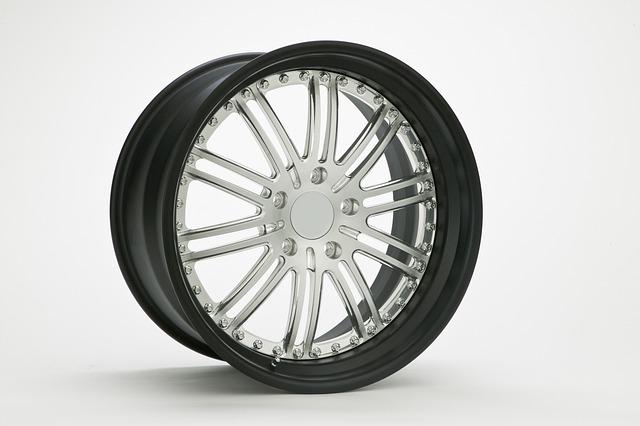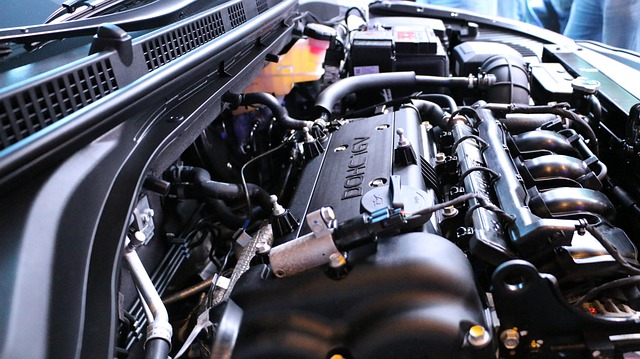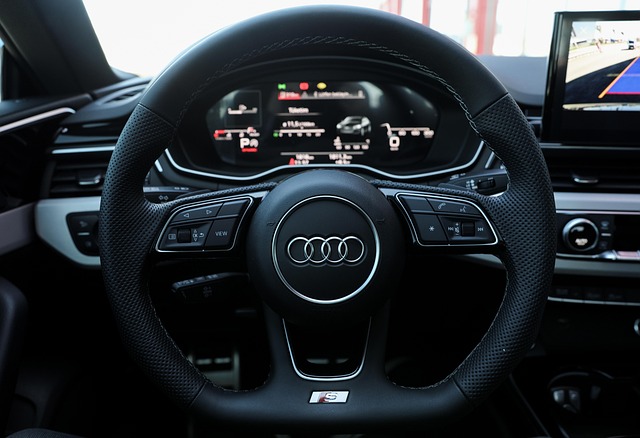Looking to register your car in California? This comprehensive guide breaks down the process step-by-step, ensuring a smooth experience. From understanding key requirements to obtaining your license plate, we cover it all. We delve into essential documents needed for the DMV visit, including the crucial DMV VIN verification process. Learn how to complete the registration application and officially register your vehicle in The Golden State.
- Understand California Car Registration Requirements
- Gather Necessary Documents for DMV Visit
- Perform VIN Verification: Steps and Tips
- Complete Application Process at the DMV
- Obtain License Plate and Register Your Vehicle
Understand California Car Registration Requirements

Before registering your car in California, it’s crucial to understand the state’s specific requirements. The California Department of Motor Vehicles (DMV) mandates several steps for car registration, including a thorough vehicle inspection and verification of the Vehicle Identification Number (VIN). This process ensures that all vehicles on California roads meet safety standards and are properly identified.
One key aspect is the DMV VIN verification, which involves checking the VIN against national databases to ensure its authenticity. Additionally, a mobile vin inspection or mobile vin verification service can be beneficial for convenience—these services allow you to conduct the necessary checks from the comfort of your home or garage, streamlining the registration process.
Gather Necessary Documents for DMV Visit

Before visiting the DMV to register your car in California, make sure you have all the necessary documents ready. This process is crucial for a smooth and efficient transaction. Gather important papers such as your vehicle’s registration certificate from the previous state, proof of insurance, a valid driver’s license, and the title to the car. The Department of Motor Vehicles (DMV) will also require a Vehicle Identification Number (VIN) verification, which can be done through various means, including a mobile vin verifier or inspection service.
For added convenience, consider using a mobile vin verification tool to check your vehicle’s history before heading to the DMV. This step ensures you have accurate and up-to-date information about your car, making the registration process faster and easier. It’s recommended to double-check all details to avoid any delays or issues during the registration of your California vehicle.
Perform VIN Verification: Steps and Tips

To start the car registration process in California, it’s crucial to perform a DMV VIN (Vehicle Identification Number) verification. This step ensures that your vehicle is genuine and meets all legal standards. The process involves using the unique 17-digit code stamped into every vehicle’s chassis. You can complete a VIN inspection either through a mobile vin verifier or by visiting a DMV office for manual verification.
For a mobile vin verification, you can utilize apps or services that connect you to certified inspectors who can remotely access your vehicle’s information and provide instant results. Alternatively, schedule an appointment at the nearest California DMV location. An inspector will physically inspect your car’s VIN, matching it against records to confirm its authenticity and history. This step is vital, as it not only secures your registration but also helps in identifying any potential issues or discrepancies related to ownership and safety standards.
Complete Application Process at the DMV

To complete the car registration process in California, you’ll need to visit a DMV office or use their online services. Start by gathering all necessary documents, including your vehicle’s title, proof of insurance, and identification. The application process involves filling out Form MV-5, which requires detailed information about your car, such as its make, model, year, and Vehicle Identification Number (VIN). A crucial step is the DMV VIN verification, ensuring that the details match those on file with the manufacturer.
You can facilitate this process by utilizing a mobile vin verifier or undergoing a vin inspection to streamline the verification stage. Once your application is complete and all documents are in order, the DMV will assess your fees, conduct an inspection of your vehicle, and issue a registration certificate if everything checks out.
Obtain License Plate and Register Your Vehicle

After completing your vehicle’s purchase, it’s time to obtain a license plate and register your new car in California. The first step is to schedule a DMV (Department of Motor Vehicles) visit or use their online services for a convenient DMV VIN verification. This process involves confirming your vehicle’s identity through its unique Vehicle Identification Number (VIN). You can either do this at a local DMV office by providing necessary documents and paying the registration fee, or opt for a mobile vin verification service, which allows you to complete the inspection from the comfort of your home.
Once your VIN is verified, you’ll receive a registration certificate and license plates. Ensure that all details on the registration are accurate, including your personal information and vehicle specifications. Accurate records are crucial for future reference and smooth ownership transitions.
Registering a car in California involves understanding specific requirements, gathering essential documents, and completing a straightforward application process. After ensuring your vehicle’s compliance through a crucial DMV VIN verification step, you’ll be on your way to securing the necessary license plate and officially registering your vehicle within the state.



